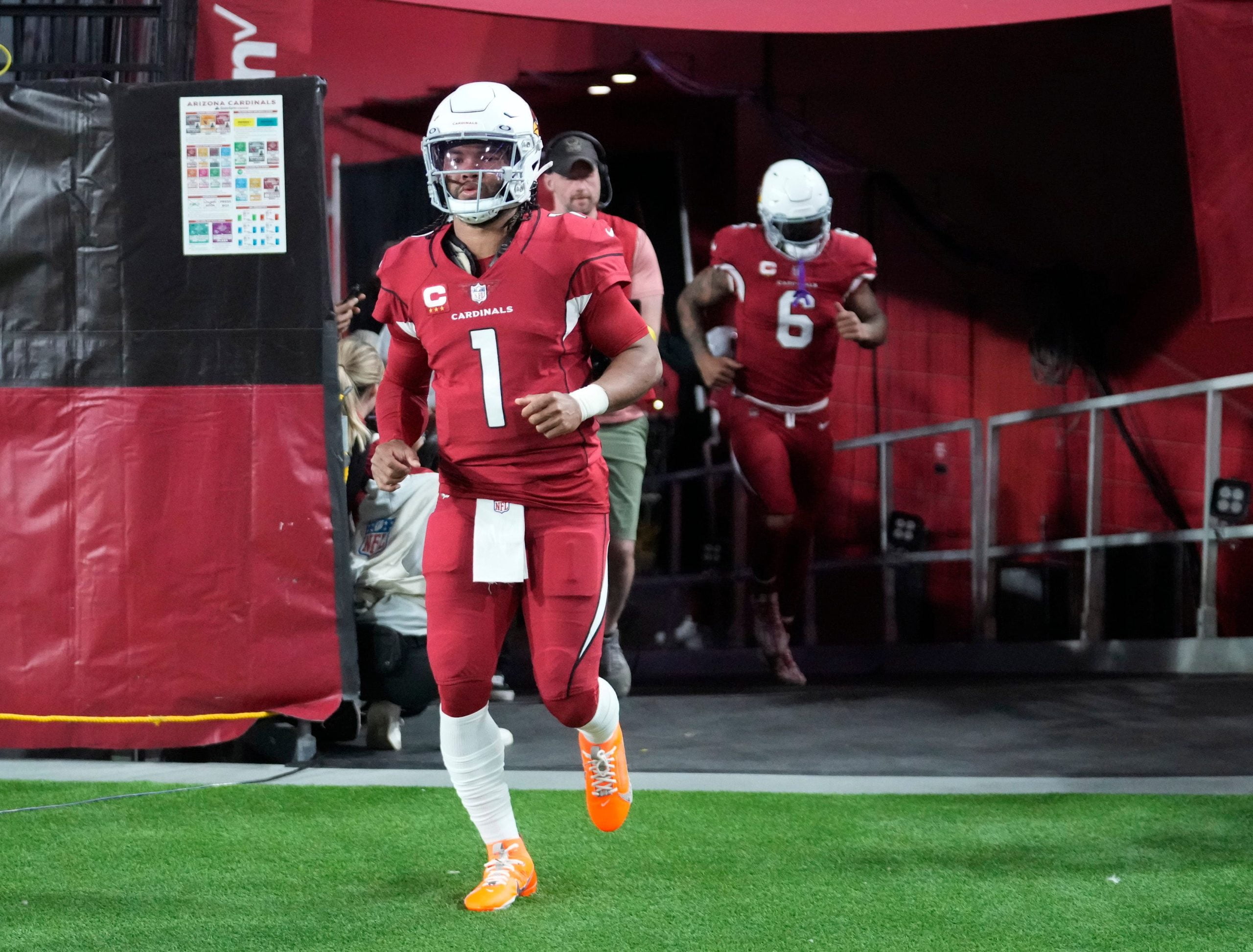It’s usually a good idea for NFL teams to sign their best players to extensions, although the process isn’t always as simple as it sounds, which is why man fans need NFL contract extension rules explained.
Between the NFL salary cap and rules about dead money in the NFL, there is a lot that goes into giving a player an extension. It’s not just agreeing on years and money; there are rules for NFL contract extensions that must be followed.
NFL contract extension rules explained
In other words, there are a few questions that need to be answered for fans who need NFL contract extension rules explained.
But once fans start to understand the concepts and rules for NFL contract extensions, it should be a little easier to follow the league’s offseason escapades. With that in mind, here are the answers to some key questions about NFL contract extensions.
When can you give an NFL player a contract extension?
On the surface, it would make sense that an NFL team could give an extension to a player at any time. However, there are a few key rules for NFL contract extensions to keep in mind. For instance, veteran players who are beyond their original rookie contract can’t renegotiate their current contract in a way that increases their salary within 12 months after signing their initial deal with a team.
However, the original negotiation on a contract extension can take place at any time. Also, teams and players can’t negotiate the terms of a contract for a previous season or for the current season once the final game of the season has been played.
It’s also important to note that young players who are still on their rookie contract can’t negotiate an extension with their current team until they’ve played three full seasons in the NFL. Under the current collective bargaining agreement, NFL rookies may receive a four-year contract with a team option for a fifth year. But it’s not until they’ve spent at least three years in the league that they can sign an extension.
Of course, the restrictions on contract extensions are a little more lenient beyond that point when players get beyond their rookie contracts and become veterans.
Can you extend a rookie contract?
As mentioned, there are some limitations on when a young player still on their rookie contract can receive a contract extension. Those negotiations can’t take place until after the player has spent three seasons in the league. Each rookie has a four-year contract with a team option for a fifth year.
This means that if a team feels that they’ve made the right choice with a player, they can guarantee that player a fifth season and not risk losing them to free agency after four years.
With the fifth-year option, there is also less urgency for teams to negotiate an extension with their promising young players, knowing that it’ll be five years until they reach free agency.
However, young players know they can start to negotiate a long-term extension with their team after three seasons. As a result, some of the top young players in the NFL have started to push their teams to negotiate an extension after their third season as soon as they become eligible to receive a contract extension.
When can teams restructure an NFL contract?
While giving prominent players contract extensions is common in the NFL, it’s also a common practice to restructure the contracts of players. This is often a tool used to manipulate the league’s salary cap and make sure they remain under the cap at all times.
Rather than having to cut or trade a player, teams can get salary cap flexibility by restructuring a long-term contract. This is because signing bonus money is guaranteed and can be spread across several years with regard to how it counts against the salary cap although base salary money isn’t guaranteed.
With this in mind, restructured NFL contracts usually happen when a team has gone over the salary cap and needs to rectify it as soon as possible or needs to create more salary cap flexibility right before a major addition. In some cases, a team can perform a simple restructure without the player being involved.
This merely turns payments into prorated signing bonuses but doesn’t change the terms of the contract. In other cases, a team will ask a player to negotiate a maximum restructure. This means either extending the contract to help reduce the cap hit each year or adding what are known as void years that serve as placeholders for prorated payments. Either way, this allows a team to gain salary cap flexibility, although the player does have to agree to the new terms.
Why does the NFL have the three-year rule?
As most fans know, the NFL has a three-year rule that prohibits players from becoming eligible for the NFL Draft until they’ve been out of high school for at least three years.
In theory, if players got to the league sooner, they would be able to reach free agency sooner and increase their career earning potential. However, the NFL’s three-year rule has been challenged in court and upheld, leaving it up to the discretion of the league to change it.
Of course, the NFL has shown no signs of changing the three-year rule. The rule is in place primarily because of player safety. The number of players who would be physically mature enough to play in the NFL less than three years removed from high school is rather limited, even if there are occasional exceptions.
On top of that, the NFL doesn’t want to disrupt the delicate balance between the league and college football. A change to the three-year rule could upset college coaches and make them less willing to make it easy for pro teams to scout and evaluate college players. Therefore, the three-year rule is likely here to stay.





















Discussion about this post